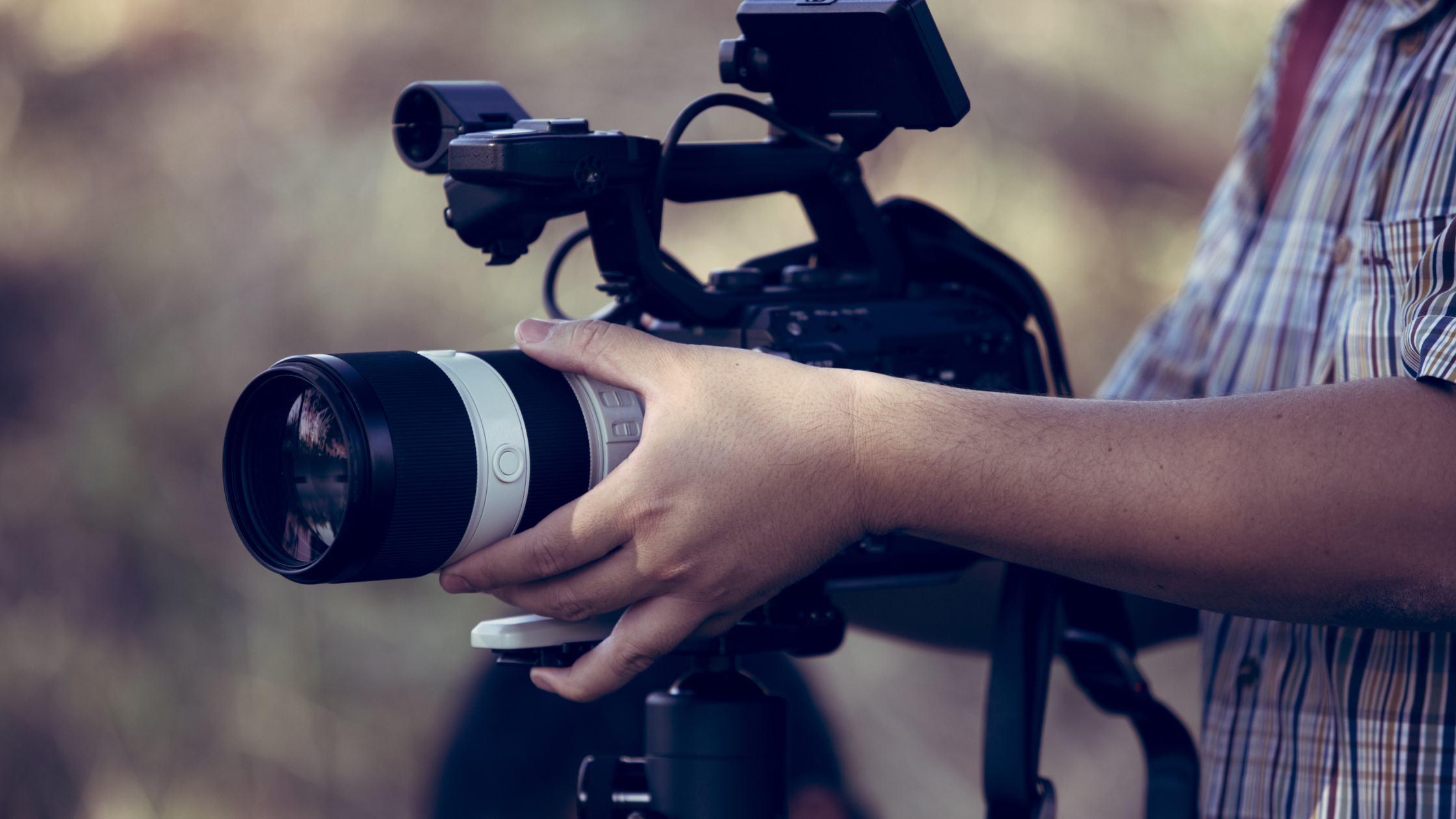How Technology Changed the Movies: Especially Sound and Color
February 18, 2024

By Chris Breitenbach, Advisory Specialist
Motion pictures began to emerge in Paris in the final years of the 19th century. This transformative medium revolutionized storytelling. The technology used to create, edit, and distribute film has evolved from those intimate beginnings to today's digital sprawl. And while we can’t cover it all here, we can offer a humble overview.
Beginnings in Paris
In 1895, Auguste and Louis Lumière, filmed and presented dozens of “actualités,” or “actuality films” to captivated audiences. They used their Cinématographe invention (both a camera and projector in one). Movies, films, motion pictures, cinema (whatever we wish to call them) took root here. Rudimentary by today’s standards, these charming early films were more akin to documentaries. They often depicted single actual scenes of everyday life. And yet, this early filmmaking technology was the beginning of filmmakers' desire to innovate and audiences' excitement for new ways to consume stories. It also cleared the path to the commodification of the medium.
Georges Méliès, a successful magician and theater owner in Paris, had a passion for crafting stage illusions. What set him apart from others was his curiosity about the cutting-edge technology of the day. Unlike the stationary Lumière films, Méliès envisioned a more intricate blend of cinematic storytelling. By the end of the 19th century, he was employing a repertoire of editing tricks in his films that introduced some of cinema's earliest special effects.
The Early 20th Century—Adding Sound and Color
The early decades of the 20th century saw the flourishing of the silent era. By 1908, more than 10,000 nickelodeon movie houses were in the United States. These giddy, expansive decades witnessed the emergence of the studio system and Hollywood's rise to a position of global influence.
Driven by the technological breakthroughs of the era, filmmakers developed a cinematic language that is still being refined today. Lighting, camera movement (closeups, panning, boom), animation, and Technicolor are just a few of the technological innovations introduced or established during this time.
Sound and color are two of the most impactful technological advancements. Warner Brothers added music and sound effects to a handful of films in 1926 and 1927. Originally disparaged as a novelty, audiences were soon captivated, and by 1929, synchronized sound was rapidly being adopted throughout American studios as movie theaters were converted to accommodate these new developments. Before this, live music, ranging from a lone piano or organ to a full orchestra, accompanied most silent films.
The earliest microphones used on sets were clunky and omnidirectional, capturing every cough, sniffle, or footstep in their proximity. Cameras, already bulky and motor-whirring contraptions, had to be consigned to larger soundproof chambers. Multichannel mixing didn’t exist yet, either, so all sounds for a given scene often had to be captured in a single, synchronized moment. If the scene called for music, the musicians were often set up beyond the frame’s edge. There, they played just loud enough to not drown out the dialogue.
Color, too, offered a seismic technological shift. While color in film didn’t become the norm until the 1950s, many filmmakers took advantage of the newly expanded palette, using it to furnish their visual narratives with an almost visceral, hyperreal quality. Not only could color depict the vivid reds of a sunset or the verdant greens of a forest, it could also evoke emotion, draw attention to specific things, or subtly show the evolution of a character or theme.
Rapid Changes as the 20th Century Progressed
In the 1950s and 1960s, filmmakers began to experiment with new techniques and technologies. One of the most popular movements of the era, the French New Wave, challenged the conventions of classical Hollywood cinema and helped usher in a new era of creativity and innovation. French filmmakers used handheld cameras, and took advantage of location shooting, jump-cut editing, and multitrack sound design. With these exciting new techniques and technologies, they introduced a more personal, realistic, and challenging style of filmmaking.
The 1970s and 1980s continued to see refinements in film technology, including the introduction of Dolby Stereo, the Steadicam, computer-generated imagery, and digital editing. This was also the era of early cable television and home video, allowing users to watch movies from home or curate personal VHS collections.
The Digital Age
This brings us, somewhat abruptly, to the last 30 years of the film and technology alliance, and our current so-called digital age. Analogue has increasingly been usurped by digital, hardware replaced with software, and artificial intelligence (AI) has the whole film industry at a difficult crossroads. Generative AI, despite its current limitations, has transformed how we create content, and the film industry is no exception to its allure. As AI becomes more viable, tensions have escalated, with many in the industry concerned over its potential to diminish and poach human creativity.
At the same time, internet and streaming services have been two of the more established (and disruptive) technologies to arise over the last three decades. With so many options available from the comfort of home, the appeal of going out to see a movie has diminished. The big Hollywood studios are also big streaming platforms, and they continue to churn out content that sometimes plays in theaters and sometimes doesn’t.
What Doesn’t Change
Throughout these changes, one thing remains constant: the human need to tell, watch, read, and listen to stories. Stories matter. So much of what we know or imagine, how we understand ourselves and the world around us, comes from stories. The technology we create and use to tell these stories will continue to evolve to meet this fundamental human need, and the technology we use will always play a supporting role.